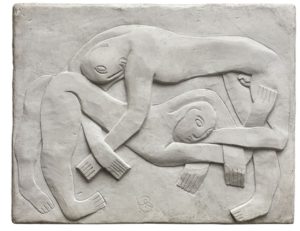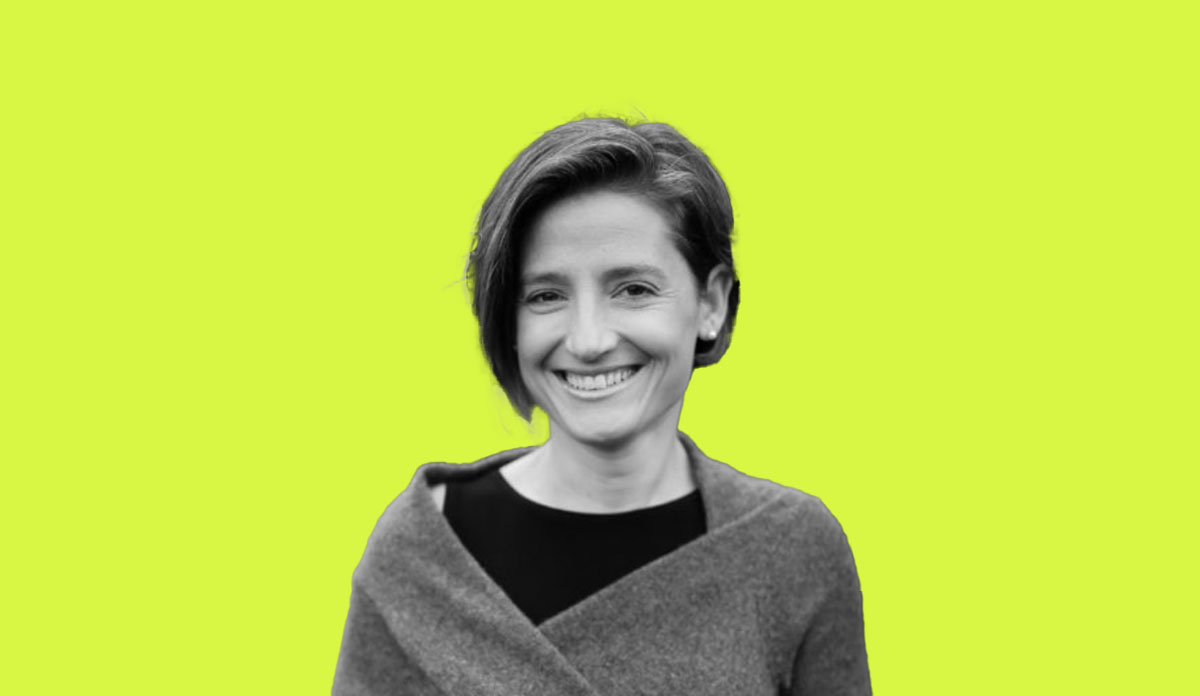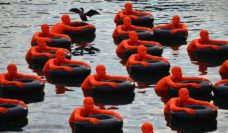What does art have to do with science? Alexa Miller is comfortable with this question and its inherent uncertainty. In fact, the uncertain connection between these two forms of communications is the focus of her work. For the past 17 years, Miller, a trained artist, has been using art to help medical professionals improve diagnosis in medicine. “Uncertainty is a prevalent reality of health and medicine,” Miller explains. “In uncertainty, misdiagnoses are made, diagnoses get delayed, and people get hurt or medicated for the wrong things. But uncertainty also allows the best of medicine to happen.”
How does art help us cope with, even make use of, uncertainty in clinical situations?
Miller points out that art is also often filled with uncertainties and paradoxes. Art then provides an authentic, low-risk “dilemma” that allows learners to identify details by reflexive thought or quick analysis, skills useful to medical diagnosticians. “Art opens your eyes to what you can see when you don’t go into uncertainty with a preconceived frame,” Miller says. “It shows how limiting those frames are in what we actually see.” Art, and especially viewing art by way of the Visual Thinking Strategies approach, validates multiple perspectives—who can deem what someone sees in art as ‘wrong’? It encourages discussion and understanding. Miller suggests that “There’s so much more to see when you slow down and look together with diverse perspectives.”
Visual thinking
Miller makes connections between “visual thinking” and the basic act of respecting another human being. She explains, “Visual thinking is slowing down for mindful sensemaking. It’s the ability to observe and make clinical determinations based on what you see.” Miller notes that pattern recognition is not apparent; often intricate and nuanced, and is critical to diagnostic excellence. Essentially, visual thinking is a palette of adaptive, observational, listening, and communication skills that enable scientists to find accuracy.
To best understand the art of visual thinking, one must immerse oneself. Let’s use an example Miller gives in her talk for dotMD. Look at the sculpture below. What do you see? Two people entangled? Are they fighting or laying down together? Why? Is this a depiction of hierarchy and power? Or are they lovers?

If I had told you that this artwork is entitled “The Wrestlers” (Henri Gaudier-Brzeska, 1914), I’ve framed the picture for you, and in doing so, I’ve limited your ability to see the many paradoxes and layers of meaning in this work of art. The same goes for the frames we use to describe human beings; they cost us dearly.
With the onset of Covid-19, uncertainty has been inescapable.
“Public health not only faces the Covid-19 pandemic, but pre-existing pandemics of misdiagnosis, discrimination in healthcare, divisions of system, and unconscious bias,” Miller says. With an artist’s eye, she illustrates the greater meaning of this bleak picture. “Today, we face an inaccuracy epidemic. In our limitation of knowledge, we fill in the gaps; not with reliable data, but with mythology and stereotypes.” Miller doesn’t believe that art will solve all our problems, but it can certainly help. “People put it on art to save us. But it won’t,” Miller cautions. “What art can do is give us a simulated experience of humility, showing us that we don’t always know everything we think we do.”
Art is entirely human, known to every culture across oceans and ages. Miller says, “Our society is so divided that we struggle to see each other as people; we have to go back to art to learn the basic respect of holding one another in high regard.” She prefers we view other people with the same curiosity as we would a work of art.
What does art have to do with science?
Miller concludes that art and science are more alike than we might have first thought. “That curiosity of scientific understanding, that ‘searching’ quality of observation, that’s how artists and health professionals approach the world and their work. That is where art meets science.”
Photo courtesy of Alexa Miller













